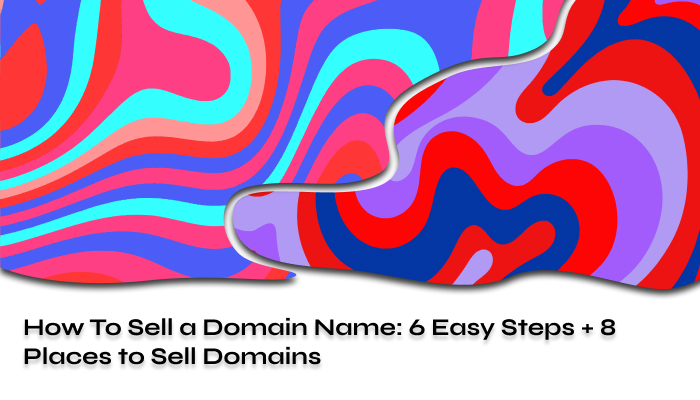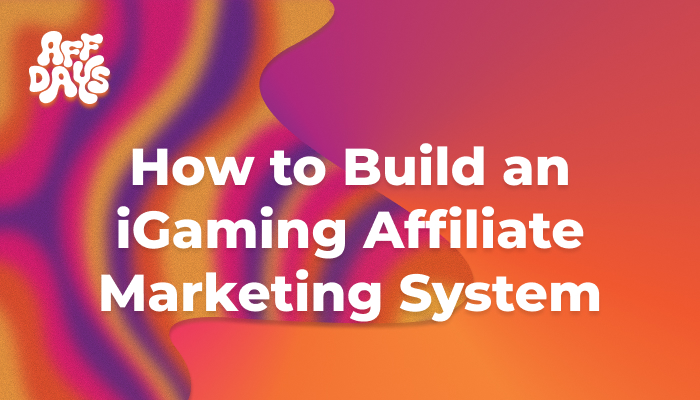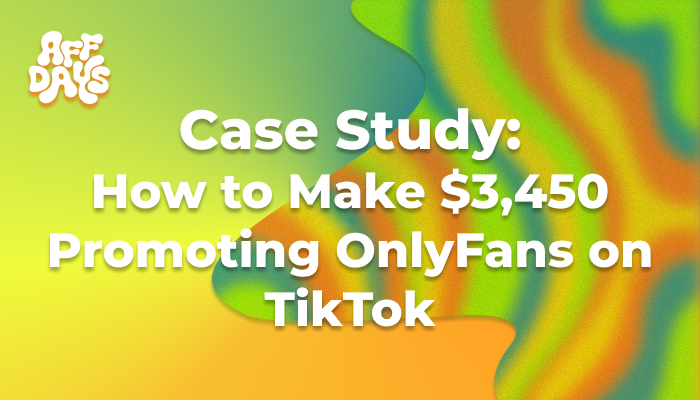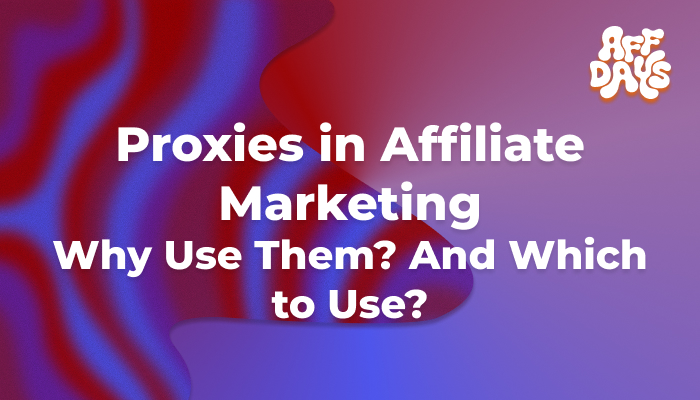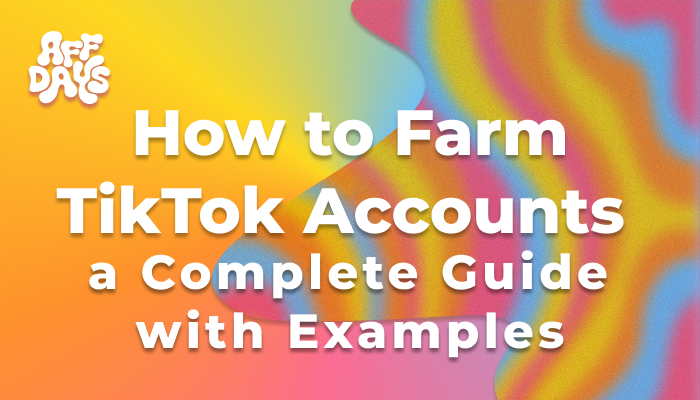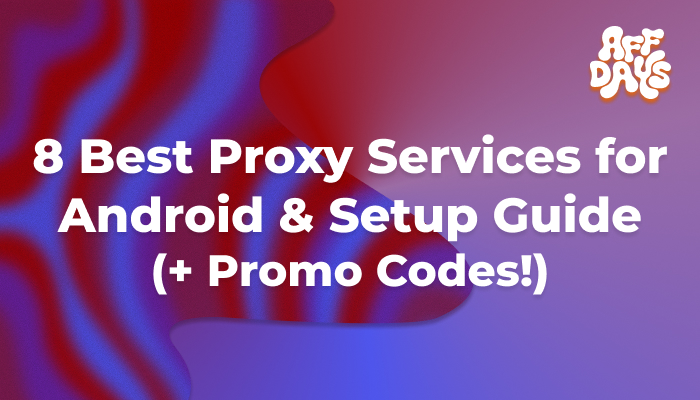According to various reports, there are over 664 million domains in the world and the number is constantly growing. Only 203 million websites are actively maintained and visited, leaving 461 million domains with no use. But they’re registered for some reason, right? Some people register and maintain them to sell them for more money, others have domain names that global companies need. For example, Elon Musk bought Tesla.com for $11 million from Silicon Valley engineer Stu Grossman. It seems to be a great way to make money. Let’s find out how to sell a domain name with minimum hassle.
- What to Consider Beforehand
- How Much Does a Domain Name Cost?
- How to Sell a Domain Name: 6 Steps
- Step 1: Research and Valuation
- Step 2: Listing Preparation
- Step 3: Choosing a Selling Platform
- Step 4: Marketing and Optimization
- Step 5: Sales Process
- Step 6: Transfer
- 8 Best Platforms to Sell Domains
- 1. Flippa
- 2. GoDaddy Auction
- 3. Sedo
- 4. NameCheap
- 5. eBay
- 6. Afternic
- 7. NamePros
- 8. SnapNames
- Summary
What to Consider Beforehand
If you have a domain and decide to sell it, you have to consider several key points:
- Domain value to set a realistic price in the industry;
- Legal considerations including ownership, trademarks, and taxes;
- Best place for minimum commissions and issues.
| Citizens of the US might have to deal with tax implications. According to the IRS guidelines, the money you spend to acquire a domain must be capitalized and amortized over 15 years. Note: selling your domain through platforms like Flippa still requires you to file and pay taxes. |
For example, a website owner decided to sell his domain name after 15 years for $30,000. The website made a profit during this period. The owner had to fill out form 4797 (an IRS form for the sale or exchange of property) as they are considered business property, leading to a 10% tax.
How Much Does a Domain Name Cost?
According to the CEO of VPN.com Michael Gargiulo, most unreserved domains cost between $5 and $50 per year. Premium domain names can cost thousands and even millions of dollars.
Factors that impact the price:
- Trustworthy TLD: top-level domains (TLD) like “.com”, “.net”, or “.org” cost more than “.vip” and “.bid” domains due to their recognition and reliability;
- Brevity: short names are easy to remember;
- Generic value: the most expensive ones are usually the simplest. This is proven by the sale of “cars.com” for $872 million;
- Keywords: domains with keywords have a higher chance of getting into the SERPs on Google.
To set your price, you can use this Price Checker for free; NamePros for daily sales reports; and NameBio for historical sales.
You won’t get a precise cost using these services. But you’ll have a general understanding of the market’s rates. This will help you evaluate your price appropriately.
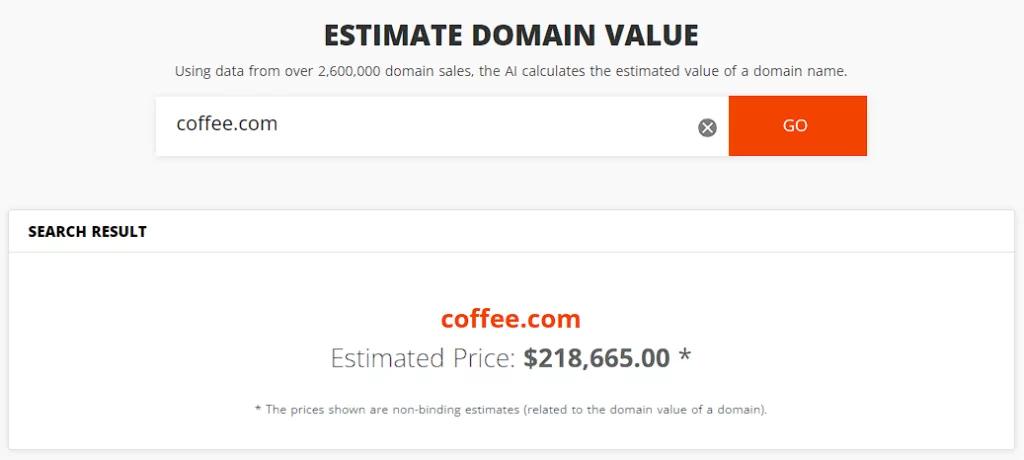
How to Sell a Domain Name: 6 Steps
Use this detailed step-by-step guide for a better result.
Step 1: Research and Valuation
Start by researching sale prices for a similar one. You can use NameBio or DNjournal to access historical data. This will help you understand the industry’s trends and set a realistic price.
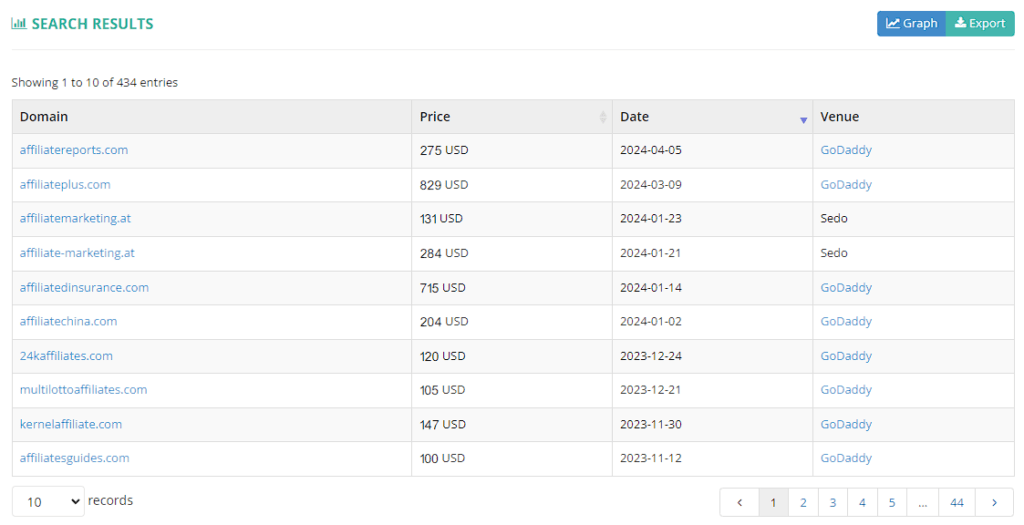
As you can see in the screenshot, the tool shows you a marketplace and prices for any domain including the keyword “Affiliate”. This helps you understand the current rates.
What can influence the price:
- Extension & authority: check out a list of most top-level ones;
- Keyword popularity: use Google Trends to analyze keyword popularity;
- Length: the average length is between 7-15 characters;
- Memorability: it should be short and simple.
Step 2: Listing Preparation
You must prepare an engaging listing that would work as a sales pitch and advertise your domain’s best features. What you need to include in the description:
- Generated traffic if it’s currently in use;
- Recommended niche;
- Benefits like memorability or keyword’s relevance;
- Transfer conditions.
This is a necessary step to help your listing stand out. If you add more information, your listing will also cover certain keywords. This would be even better because it increases the chance of appearing in the SERPs and being noticed among your competitors.
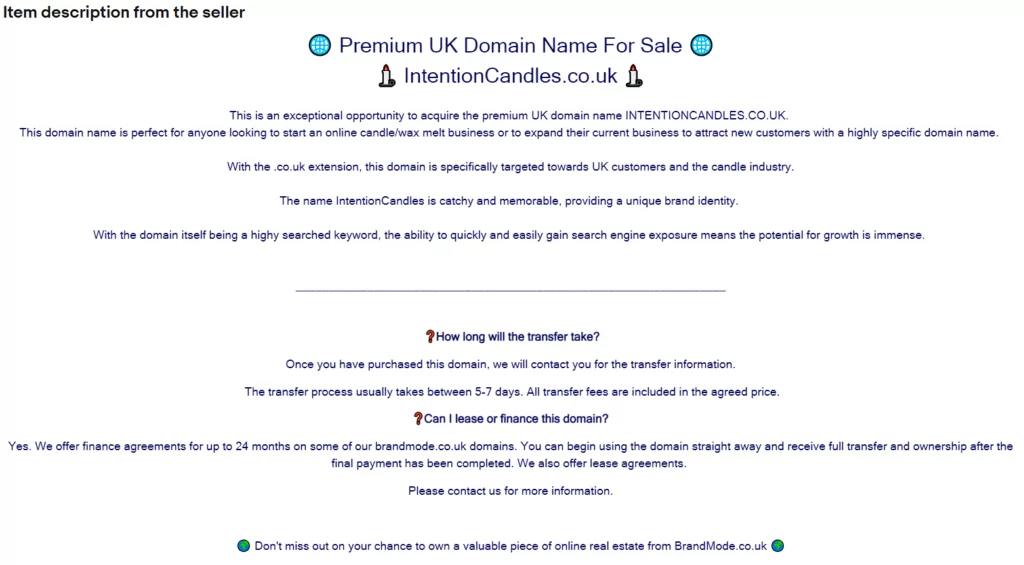
But detailed listings are only important when selling through regular marketplaces like eBay. Most platforms don’t require a detailed description and show your listing like in the screenshot below.
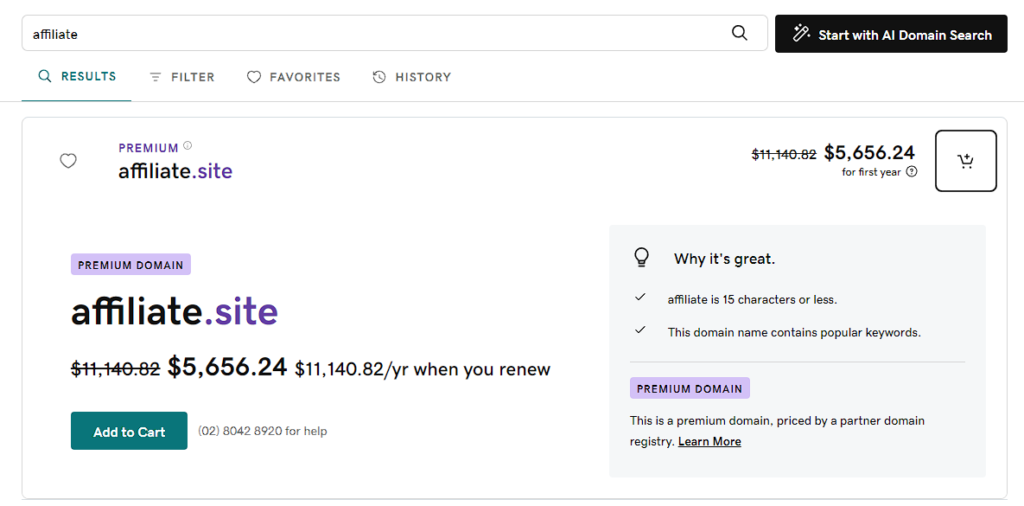
Also, you should add your contact information to the WHOIS directory or ICANN. These are tools that help users find registration data on domain names. Potential buyers will find you even if they’re not using your marketplace.
Step 3: Choosing a Selling Platform
First, decide whether you want to sell privately or through a marketplace. The approaches and benefits vary.
| Factor | Privately | Via Marketplace |
| Visibility | Limited to your own network and outreach. | High visibility due to high traffic. |
| Costs | No listing fees. | There may be fees and commissions. |
| Pricing control | You have full control. | You must comply with the resource’s guidelines. |
| Negotiations | Direct negotiations with buyers. | Usually use bids and don’t include negotiation. |
| Payment Security | Higher risks due to no intermediaries. | Lower risks due to built-in escrow services. |
| Time to sell | Faster if you have direct contacts, and slower if you use regular listings. | Usually quicker due to larger exposure. |
| Marketing | You’re responsible for all marketing. | The platform may provide promotional services. |
If you decide to use a specialized platform, you must check their fee structure and available selling options. These will be your most important criteria when making a decision. We share the best such places in the next sections.
Step 4: Marketing and Optimization
Just placing a listing won’t guarantee any results. You can increase your chances of attracting buyers if you:
- Add relevant keywords to the title and description;
- Ensure your info on the WHOIS record is updated and includes your contacts;
- Indicate its best features: share visits, ad revenue, relevant niches and keywords, social media handles;
- Highlight your offer on social media like Twitter (X) and Facebook.
You can also launch targeted advertising or Google Ads to engage more people. But this would make sense if your offer would bring at least $1000.
Step 5: Sales Process
Placing and optimizing a listing is good but it doesn’t guarantee sales. If you write to potential buyers first, you can increase your chances. So, what you can do:
- Check your domain and industry. Let’s suppose that you own “ecofriendlygear.com”.
- Research companies within the industry. You can search for related keywords to find different companies and influencers who work within the eco-friendly niche.
- Prepare a sales pitch. Write an email describing your offer’s benefits and explain how it can help the business. You can usually find contacts on the website or by searching on LinkedIn.
- Keep on negotiating. If the lead is interested, discuss the terms and conditions of your listing. You might have to lower the costs depending on the client’s budget.
If you do this privately, you’ll need a reliable escrow service for a secure transaction. This will help you get an intermediary ensuring your domain is transferred only when the client pays. The average escrow fee is around 3% depending on the transaction sum.
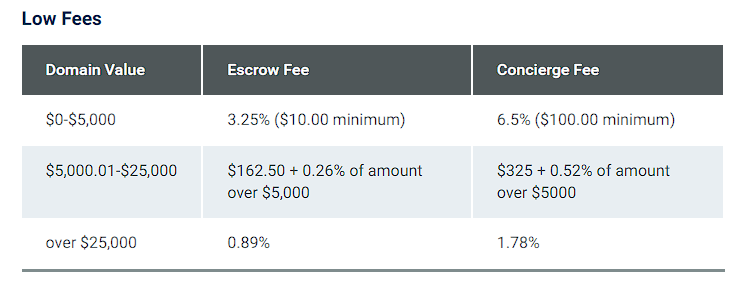
Step 6: Transfer
After the payment is secured, move the domain to the buyer. The process typically takes from 1 to 7 days. Note that you can only change ownership when 60 days have passed since:
- Registration or last transfer;
- Last changes in the registrant’s name, organization, and email address.
You can check out the whole process in the video below:
8 Best Platforms to Sell Domains
There are 8 really popular services that can help.
1. Flippa
This is one of the biggest marketplaces covering domains, blogs, websites, e-commerce stores, and more. It provides an auction-style format and includes a large audience of investors.
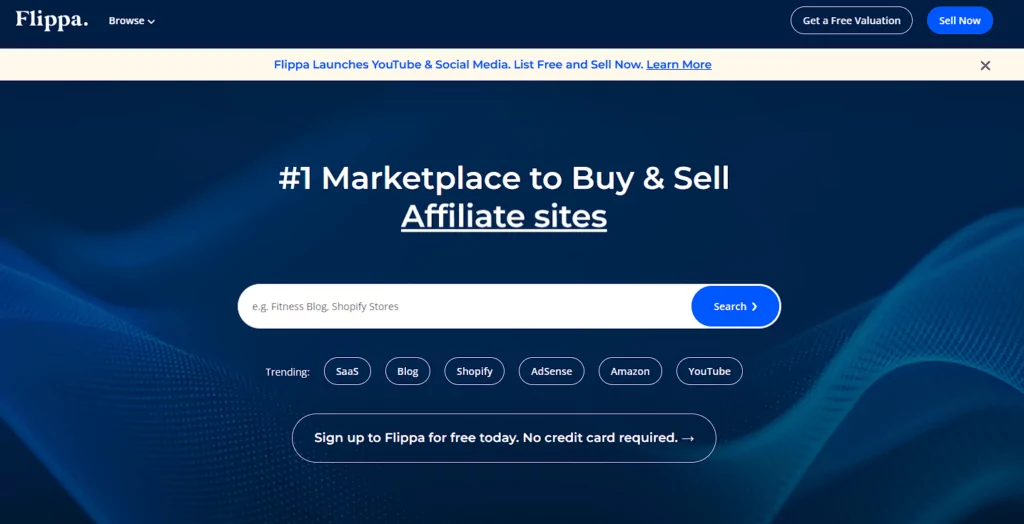
This platform’s entry-level package costs $29 and charges an additional 3% in success fees.
2. GoDaddy Auction
This is one of the largest domain registrars, helping people sell all kinds of domains to a big audience through auctions. It’s integrated with their registration services and provides a simple ownership change process.
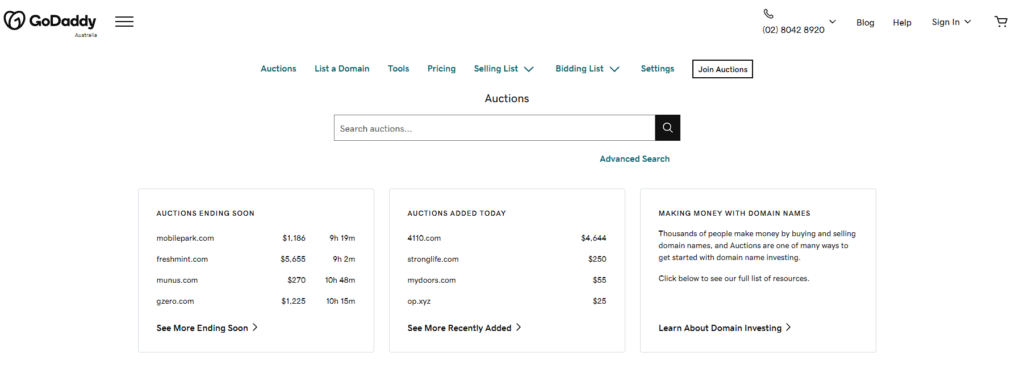
You’ll have to purchase an annual membership which costs $4.99. The service charges additional fees for promotions and featured listings.
3. Sedo
Sedo is the world’s leading market providing both auction and fixed listings. The service also includes brokerage services if you want a professional to handle the process.
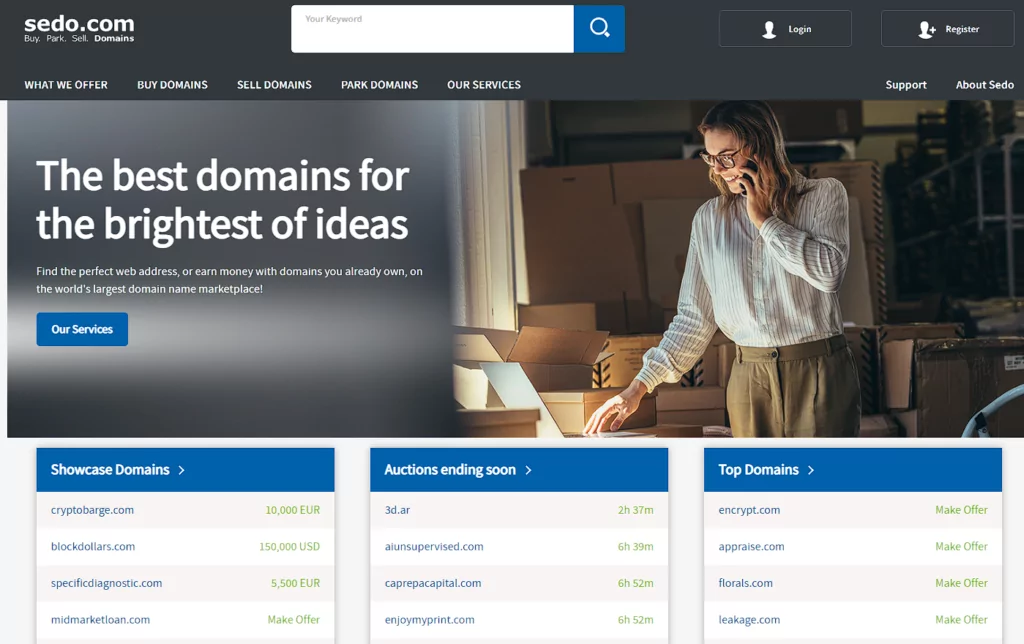
Depending on the chosen package, you’ll be charged 10% to 20% of the gross sale price.
4. NameCheap
NameCheap is a one-stop shop for everything related to websites. If your domain is managed through this service, it’s the best place to find a client. You won’t be limited by the 60-day freeze period if the customer uses the same service for their hosting.
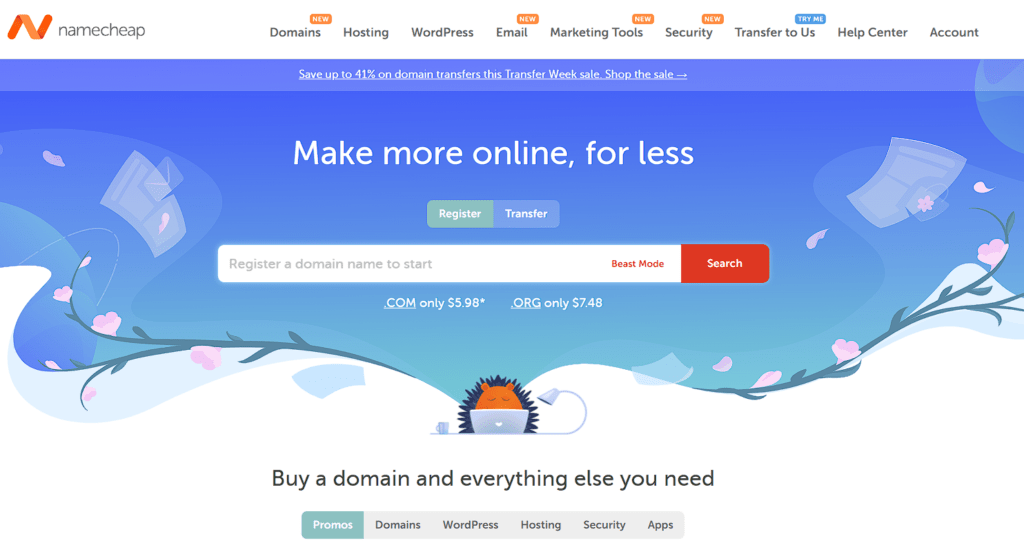
A flat 10% commission is charged for successful transactions.
5. eBay
eBay is the world’s largest e-commerce store for all needs. It’s global and has dedicated sections which is why it’s a good place for your listings. But at the same time there’s a downside — it lacks an escrow service.
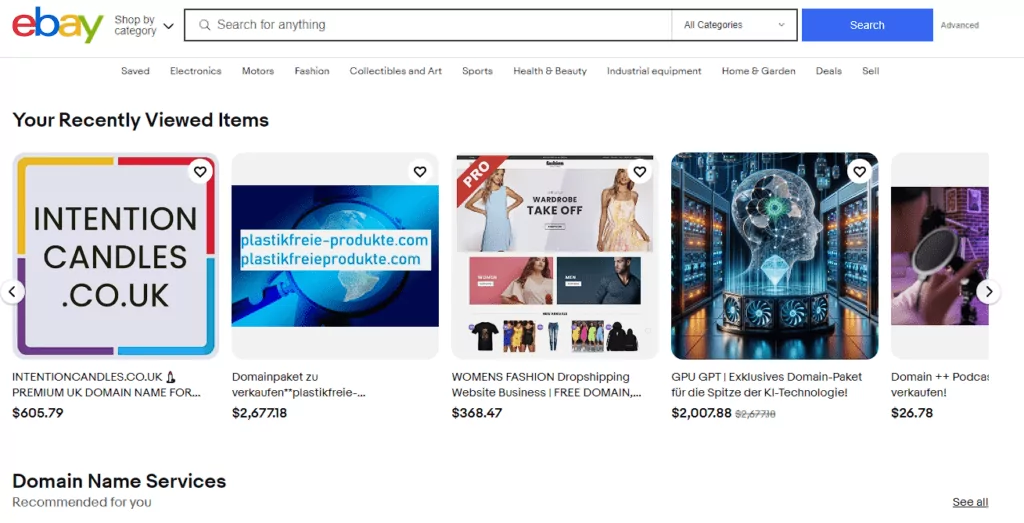
You’ll have to pay 10% with a $750 cap for a successful transaction.
6. Afternic
Afternic is a great choice to buy, vend, and park domains. It’s known for reselling them and has a large network of partners. So your listing is visible to a large audience.
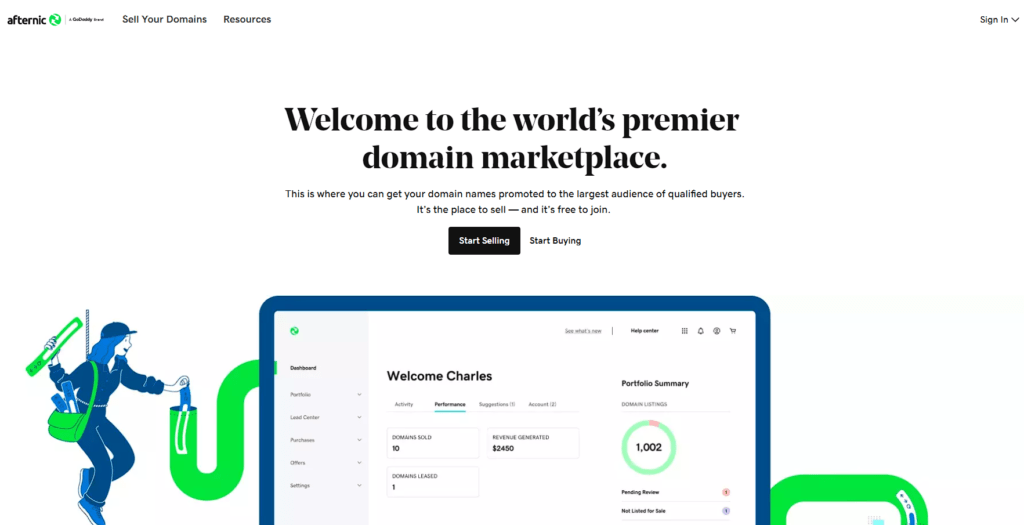
If you’re a seller, the platform charges 15% to 25% of the transaction’s cost.
7. NamePros
NamePros is a forum-based service covering all domain-related topics. It connects webmasters and experts from all over the world, so you can discuss other services here as well.
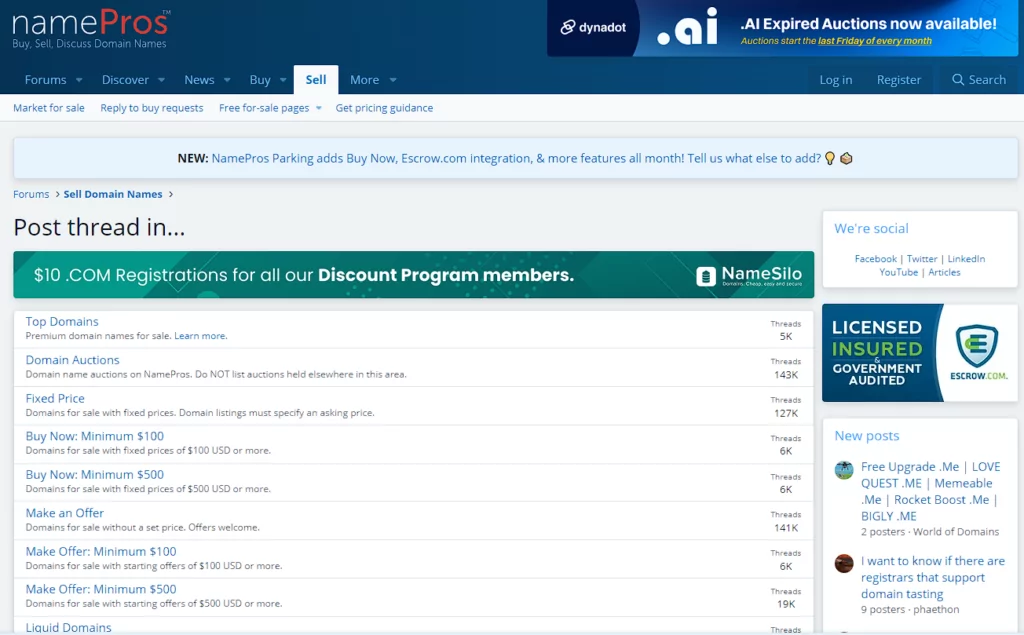
The platform doesn’t charge anything but you’ll need an escrow service for your security.
8. SnapNames
SnapNames is known for working with taken and expired domains. It offers hundreds of options categorized by their industries, that’s why some call it a perfect aftermarket service.
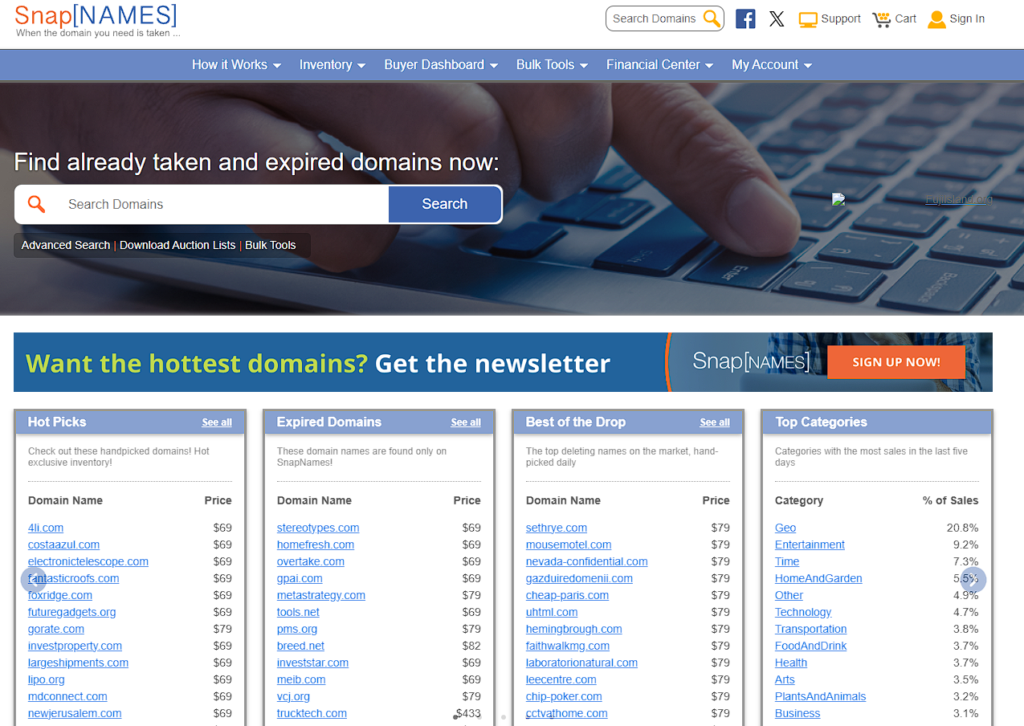
SnapNames charges 15% to 20% depending on your listing type.
Summary
We covered the best places to sell a domain fast and with minimum hassle. You can do it privately or use third-party platforms specializing in reselling. Both options have their pros and cons. Remember to always use escrow services when working with private sales to avoid getting scammed.

Ksenia has extensive hands-on experience in affiliate marketing, having worked as a media buyer and affiliate for several years across multiple verticals. Throughout her career, she managed traffic from a wide range of sources, tested funnels, and collaborated directly with advertisers and networks.
For the past six years, she has also been writing in-depth articles, reviews, and analytical guides about affiliate marketing. Her work has appeared on well-known industry blogs and platforms, where she covers topics such as traffic sources, compliance, creatives, tracking, and campaign optimization.
Today, Ksenia combines practical experience with editorial expertise, contributing as a guest expert to various affiliate marketing projects and helping educate both beginners and experienced affiliates.


